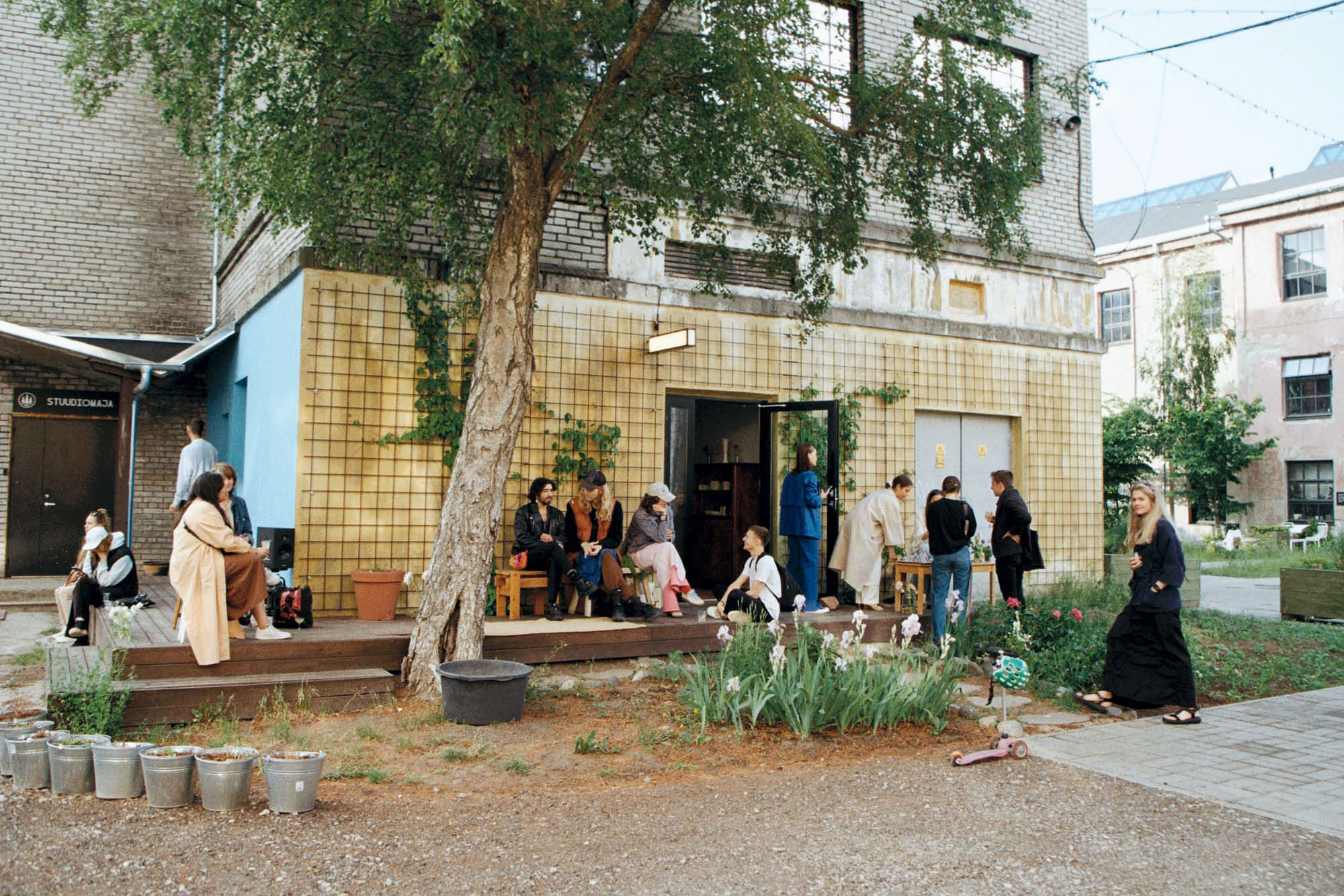Hannah Segerkrantz and Kati Saarts run Katahana atelier, situated in Põhjala Factory. Their beautiful Hana Carrier caught Trickster’s eye some months ago, and now that it has bagged (pun intended) a nomination at the Estonian Design Awards, we are happy to interview the talented duo!
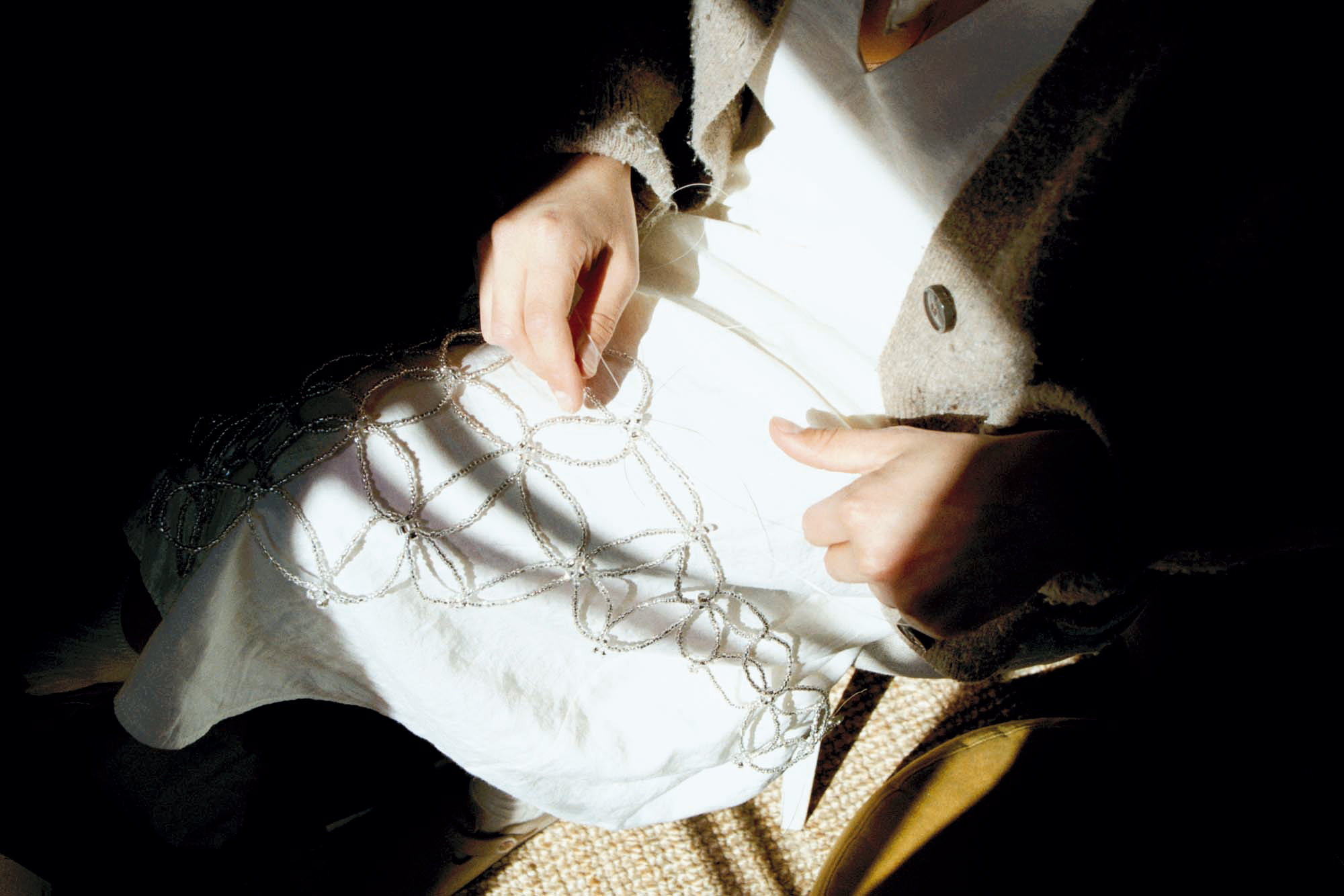
Hannah Caroline Segerkrantz, 27, BA in Design from the Design Academy Eindhoven & MA in Craft Studies at the Estonian Academy of Arts (ongoing), designer, researcher, art director
Kati Saarits, 32, BA in Sculpture and Installation, MA in Craft Studies at the Estonian Academy of Arts (ongoing), artist.
How’s life at the moment?
H: Life is very exciting and feels like one big love letter!
K: It certainly involves a lot of letters - lovely ones, but also simply many practical letters like emails, timesheets, filled calendar pages.
H: It’s a dance of overwhelm and excitement. We had a wonderful summer, and although getting back to work is a bit daunting, we also have many events and exhibitions to look forward to, that are lined up for the fall and winter.
K: For example, we will host a coffee morning with a ceramics collection launch as a part of the Tallinn Design Week, and later on we’re doing a screening and a discussion round focused on an Estonian textile artist, monthly Stitch and Bitch circles as well as some clay workshops lined up.
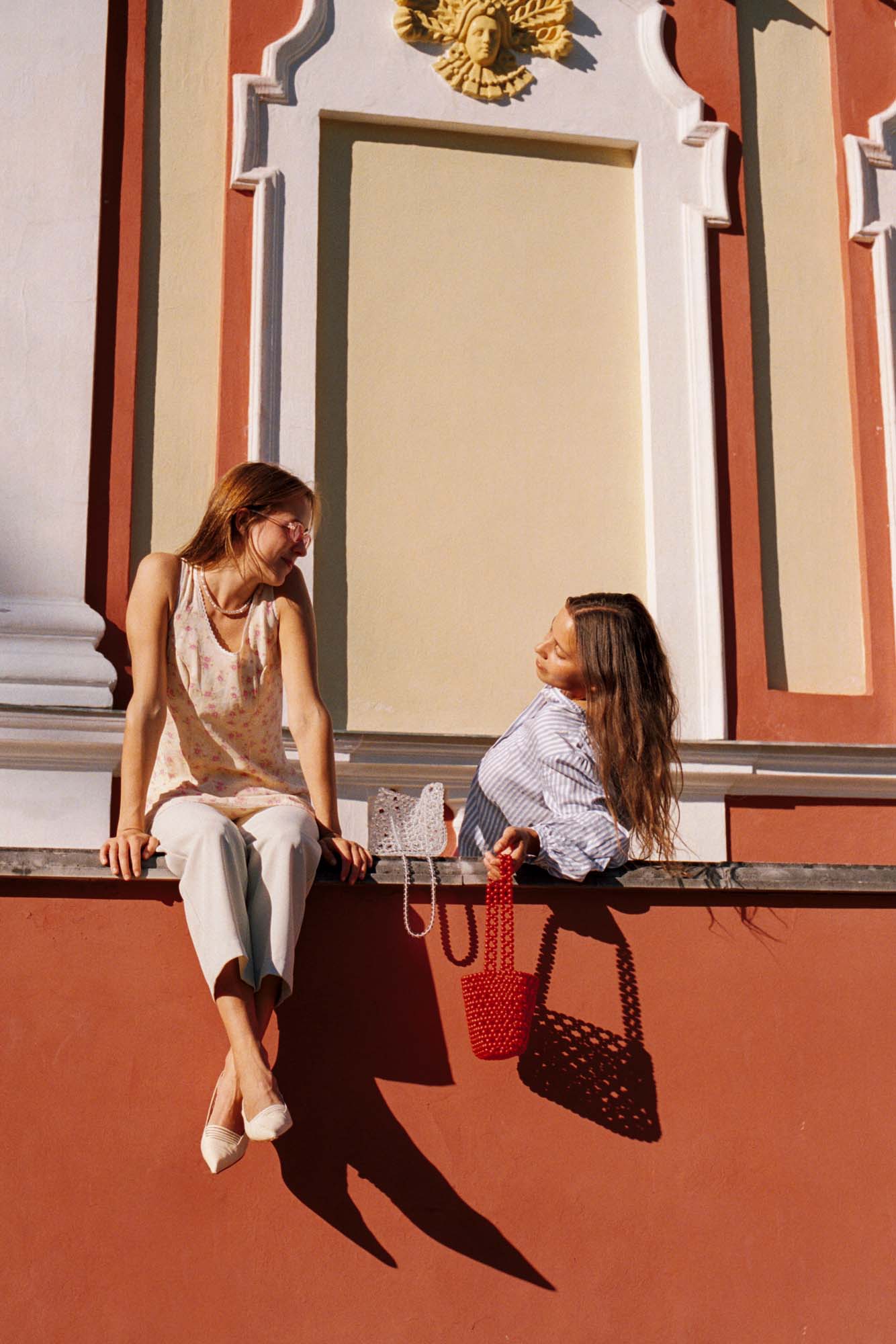
When and why did you start experimenting with product design? What is your origins story as a professional?
H: For me, it has never been about product design; rather, working with shapes and objects was a natural way of rounding up my research, which has mainly revolved around radical ecology, bioregionalism, and feminist practices. Working in material has been a means for me to bring together theory and practice.
K: My art practice has always been very material-centered, though for years, it leaned heavily toward abstraction. As I began to research Estonian Soviet-period ceramics and applied arts history more deeply, my visual language gradually shifted toward functional and domestic motifs. It’s been a rather long journey, from being curious about applied objects to actually creating them.
H: With Katahana, we are moving in between disciplines, meaning even though what we present to the world is often a finished product, it’s little about the object itself, rather the techniques we used to create it, the stories it tells or the way we imagine and hope it will make the user feel. We see our Hana Carriers as wearable material explorations, and then carriers for essential treasures.
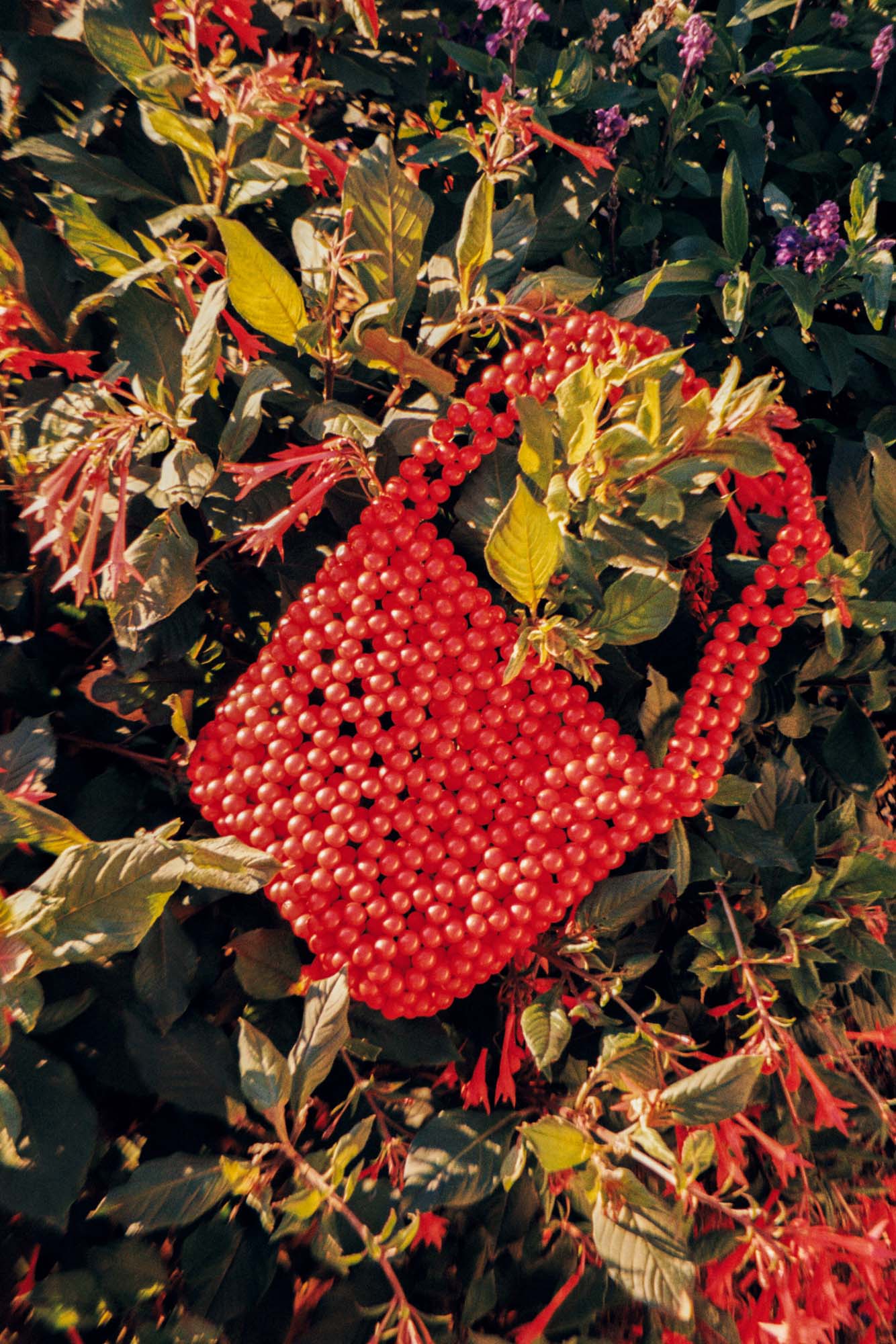
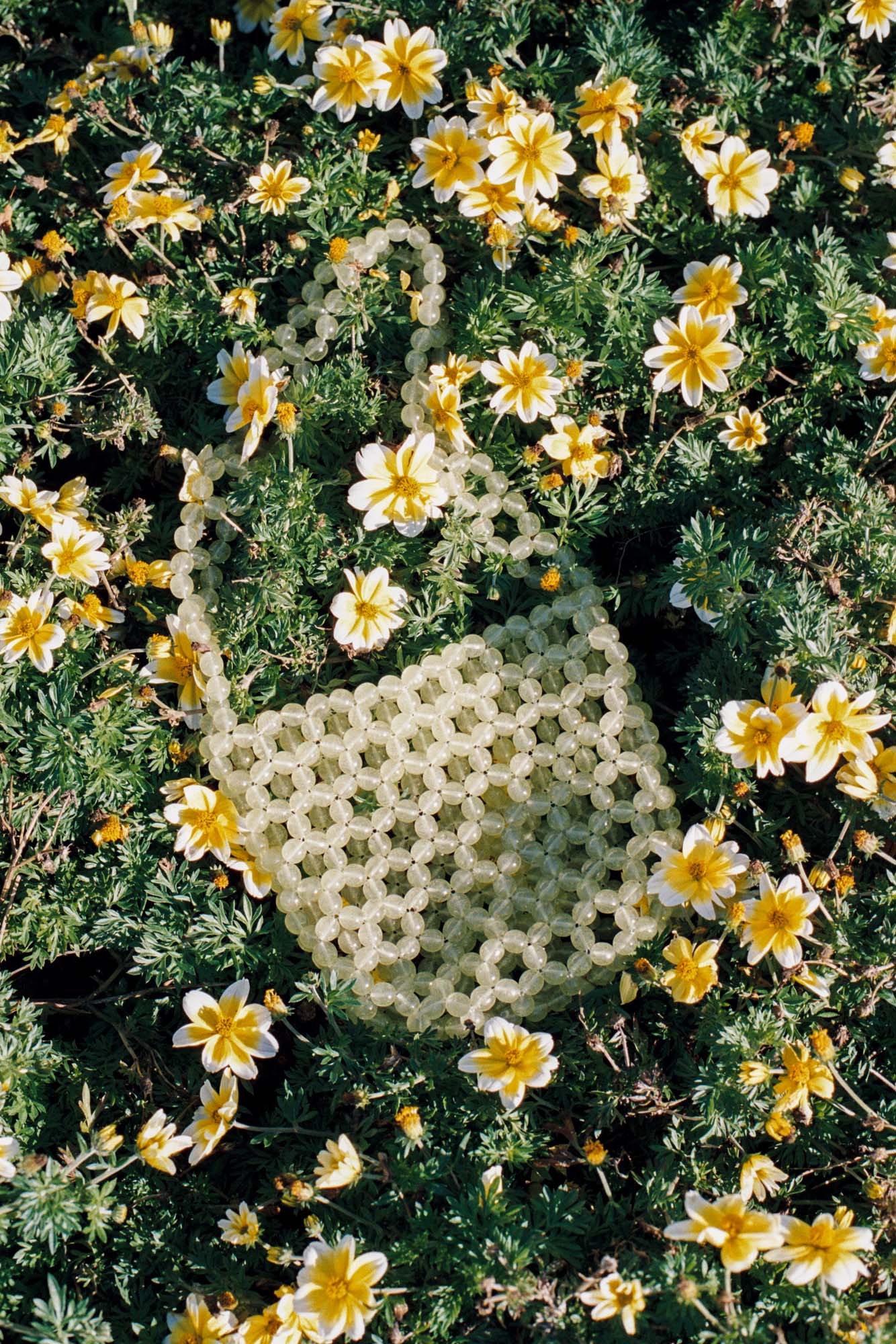
What makes a good designer?
K & H: A good designer is critical of their material and their place in the world. Driven by their vision but not blinded by it to the extent of not being inclusive. Reflective, empathic, and aware of their responsibility as a creator. But also true to their authenticity – that’s what stands out in the end. A mix of blindfolded playfulness and contextual awareness, perhaps?
Is it easy for you to share your work online, to network & hustle?
K & H: When It comes to sharing our work online, I think we enjoy taking pictures of our work more than we actually enjoy sharing them. We both lack the drive to be consistently online, so it's important to set deadlines for ourselves in that regard.
As for networking, our main goal is to build a community of like-minded people who share our values. One of the reasons we dreamed of the studio being on the ground floor was so that we could actually invite people somewhere, host communal events, and be accessible to visitors. Being part of such a small field as Estonia, it’s crucial to create space for people to come together, as well as to maintain a broader network. We find it very important to refer outside of Estonia continuously for a fresh perspective while tending to the design scene within our context.
When It comes to hustle culture, we are actively reimagining more feminine ways of working that don’t rely on constant hustle and pushing. We're focused on practicing and embodying softer values while holding clear boundaries. This doesn’t mean that we would not be hard-working; rather, we’re balancing work and leisure, which is quite challenging when it comes to crafts, as anything we do with our hands is very grounding and feels pleasurable. Working as a duo definitely helps with this – any time we spiral into endless discussions and to-do lists, one of us always remembers to call us out and take a break. We’re basically rewriting the system for ourselves as we don’t really want to confine ourselves to the old ways of running a creative business.
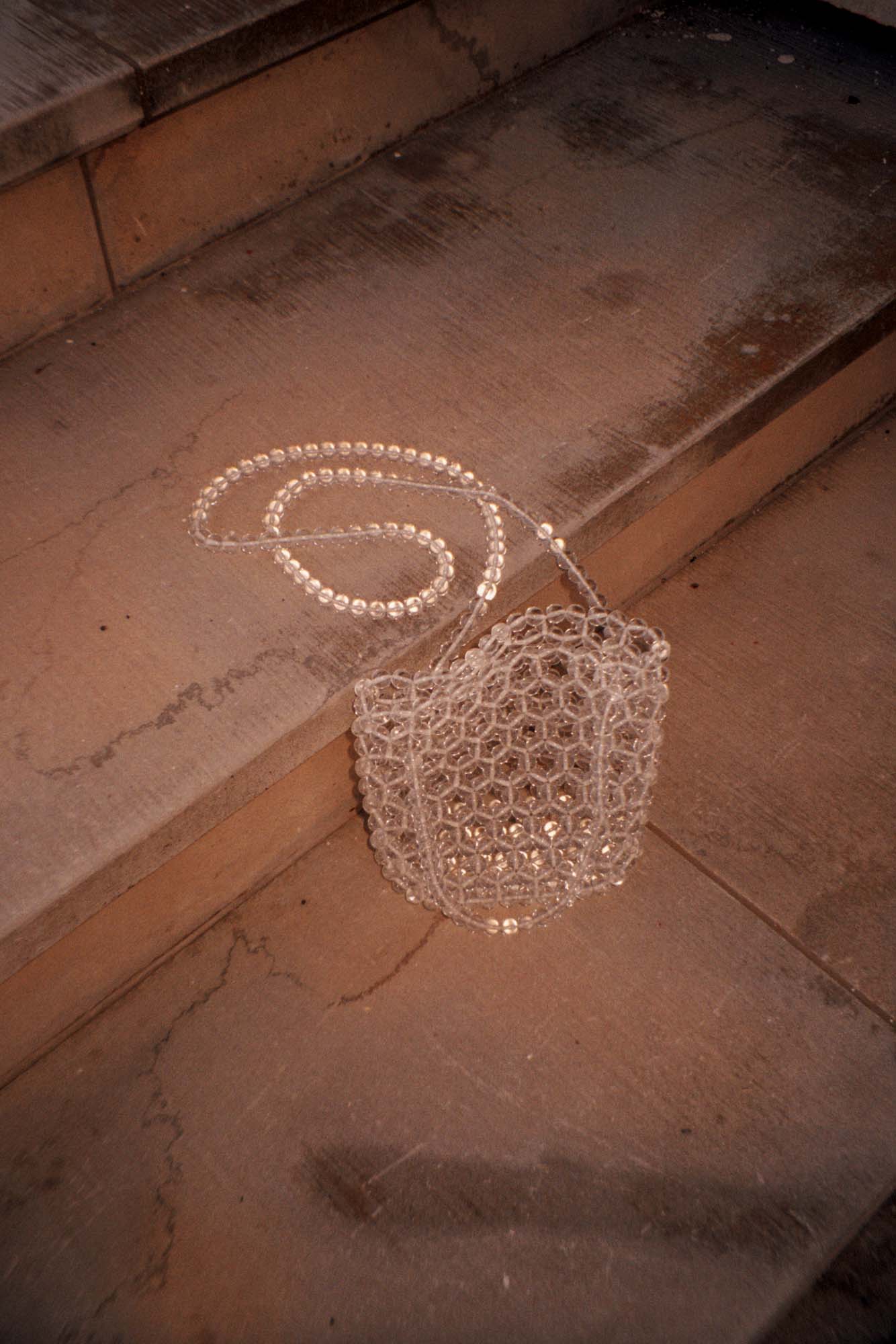
Design education: why is it important (or not?) to learn in an academic institution?
H: I would not say it’s absolutely necessary, but it can definitely be beneficial to some extent, depending on the academy and the field of study. If you make use of the institution in a way that actually benefits your future professional life, you can learn a lot. But if you’re just going to school to get a degree, especially in a creative field, it’s never going to suddenly make you creative. Being in an institution is valuable for understanding what does and doesn’t work, what can be done differently, and how to bring those lessons into your own practice. That said, it’s not a must for everyone; for some, it can be limiting. For me, it was the best thing that could’ve happened as moving abroad to study opened my horizons so widely, and I was allowed to be very critical in my study, which taught me to take agency – instead of blindly following the teachers, I could question them and do things in my way.
K: It’s helpful for grasping the broader context of your work and field - understanding the history, societal issues and fundamentals. It also helps to build up work discipline. Studying is a privileged time to focus on deepening your relationship with your material or research theme, and by the end of it, you can start asking new kinds of questions from all sorts of angles.
K & H: Fly!
H: Although sometimes I think I might turn into fish as I swim so much ~
K: As an air sign, I’d feel claustrophobic being underwater for too long. So flying for sure!
Why the world needs another fashion product? How do you explain your practice to yourself?
K & H: The world doesn’t really need more things. We do not lack fashion products, but we need more playfulness and female empowerment. For us it’s about connecting with the practices and techniques that shape the material world around us and adding new meaningful layers to it both personally, as well as on a deeper, more rooted level. It’s basically like playing on one hand and on the other, combining craft heritage with feminist practices to find ways to contribute to the conversation. So, Katahana is not just a series of products; it is a space or a platform for research and discussion to bring attention to handwork and the implicit connection with material.
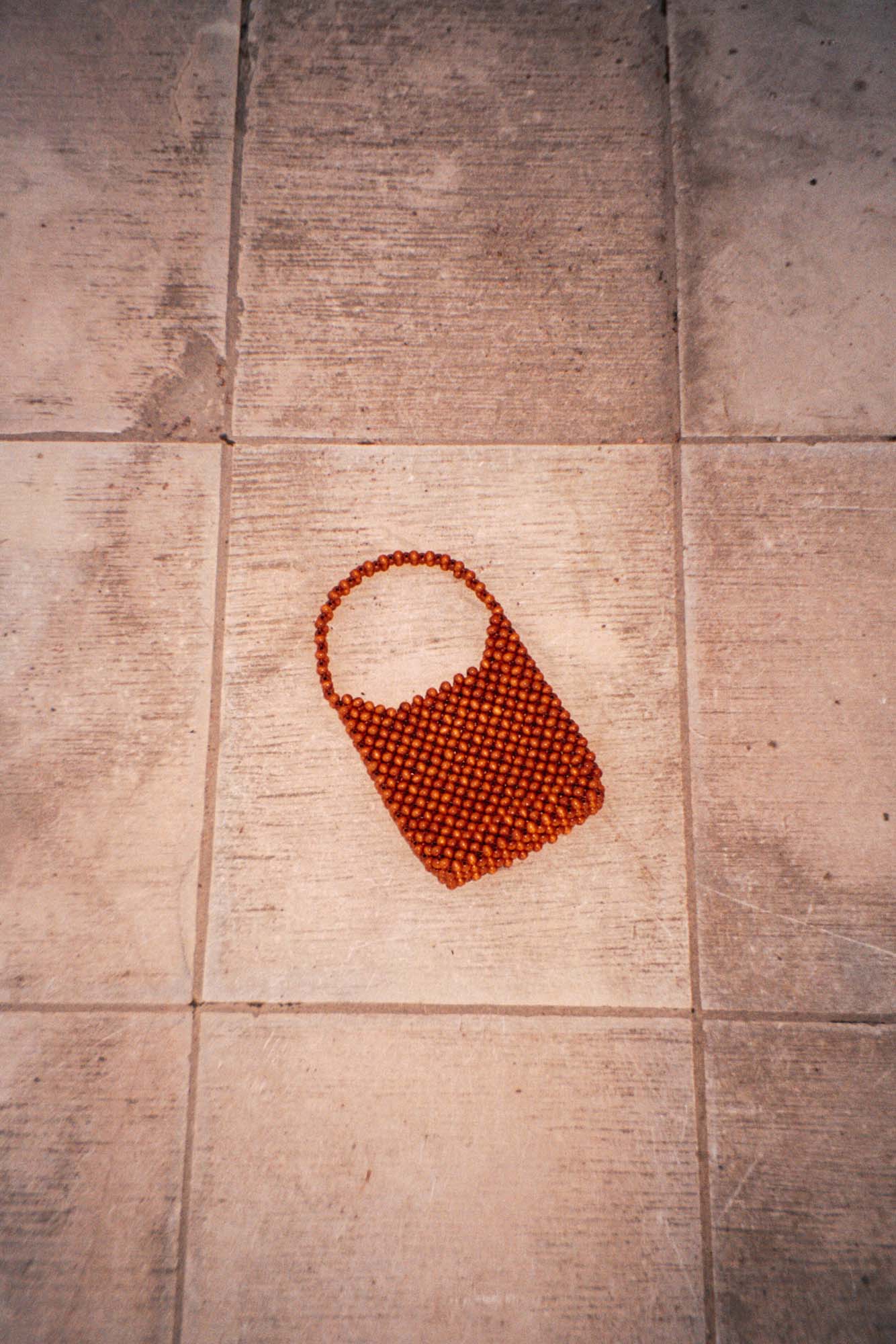
What do you like about current design trends, and what do you not like at all?
K & H: The trend of slowness. I think slowness is a very good trend. Perhaps a bit less active in Estonia than in Western Europe, but we should continue to vouch for slowness! And also ecology: a more responsible sourcing of materials, without greenwashing of course. Greenwashing is not a nice trend.
Generally, we are rather tolerant towards differences and different ways of doing or thinking, we don’t immediately oppose. Rather, in our practice we try to relate to different stand points and perspectives from past to contemporary makers.
If you were a material, what kind of material would you be? (K & H answer this one about one another.)
Hannah, through the eyes of Kati: With you, I see and feel something very down to earth, naturally, because you also work with natural fibers and materials from the ground, but you also hold something very characteristic about it.
Something soil-like or earthy, in strong and confident forms. Nothing wobbly, rather with a strong character. So very down to earth definitely - earthy colors, minimal decorations, but some flower elements added to it.
Kati through the eyes of Hannah: You really feel silky, you’re definitely a textile. You can keep your own form, but you can also adapt to your surroundings. Something a bit shiny, maybe a bit sheer even, but not too flashy, nothing too fluffy or pink, yet soft to the touch, and carrying this feeling of an embrace.’.
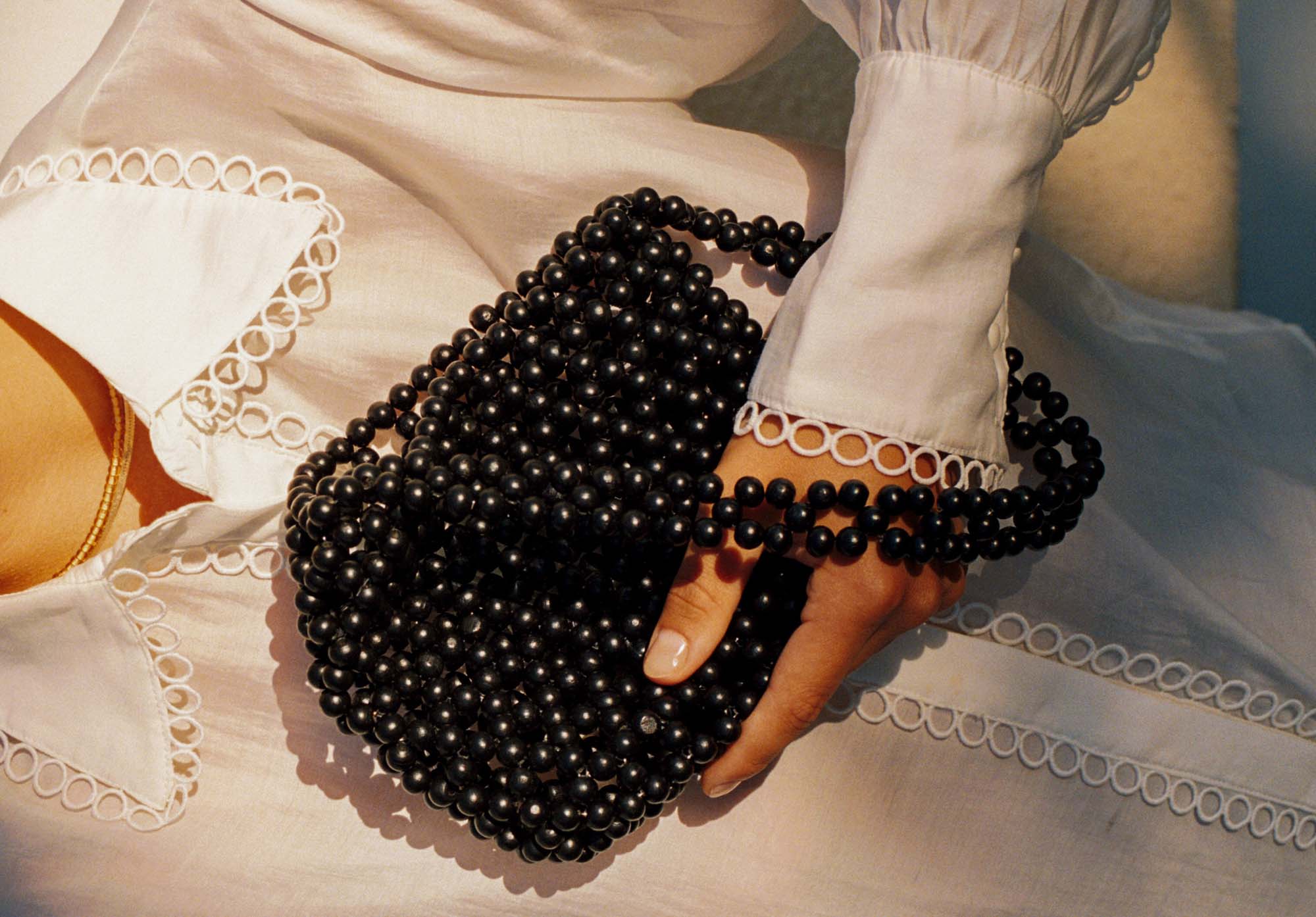
Are you good at taking critique?
H: Yes and no. We lack critical discussions and criticism in general.
K: But there is also a difference between types of critique – some I’m learning to value and take in, but there is also so much that is poorly presented and hostile that I definitely don’t take well.
H: In the end, we are the most critical towards ourselves, and that is the criticism that needs the most work and attention.
Who would you like to collaborate with if you could work with any famous creative, dead or living?
K & H: Aarikka, Roberta Einer, Susan Fang, Simone Rocha, Simone Bodmer-Turner. And various Estonian craftswomen, for example, Lohu Ella, the woman who makes traditional Kihnu jewelry called ‘kudrused’, or basket weavers from Avinurme. If we could go back in time, we’d love to work with influential female authors and makers like Valentine Schlegel, Georgia O Keeffe, Ruth Asawa.
When does the creative process become work, and when does work become the creative process?
H: Work is a creative process, and creative process is work; they don’t exclude one another. The difference comes in when it feels like play compared to being something daunting. As long as it’s fun, it doesn't quite feel like work. The thing with Katahana is that the aspects we are not good at – websites, Instagram posts, email marketing, invoices – are those that feel like work, but the rest of it – beading, ceramics, sending invitations, set design for events– feels like play!
K: It’s also important to point out that this still is work. What we do is not a hobby, even though it can be playful. In the arts and the creative field, it’s common to downplay the importance of what we do by labeling it as ‘just a side thing’ which often leads to being underpaid or burned out. So, for us, it is necessary to position what we do as work, own it as such, and then redefine the meaning of work.
Katahana Atelier & Hana Carriers explained by Hannah and Kati
“Hana carrier is a beaded handbag, a carrier for essential treasures. Apart from being functional wearables made of glass or wooden beads, the carriers also reflect the materiality and craftsmanship of beading, highlighting another way of using and wearing natural materials. The carriers are inspired by Nordic woodworking traditions and beaded jewelry from the island of Kihnu and emphasize beading as a craft technique in a contemporary form.”
“Katahana is an atelier exploring the intersection of design and crafts through feminist practices, material cultures and archival research. Whether focusing on carriers and ceramics, or hosting community craft circles, the studio aims at unpicking and highlighting the legacy of Estonian craft heritage.
Crafts are often viewed as feminist practices, something women practice in circles and private environments. In such cases, crafts are seen less as a practice of art but rather as a past-time activity. This was our shared experience, too – braiding beads became a comforter for us to get through the winter darkness. Often happening as living room crafts, where the creative practice and life can coexist without a dedicated atelier, we found ourselves braiding with beads and exploring the overlaps of crafts and design.”
